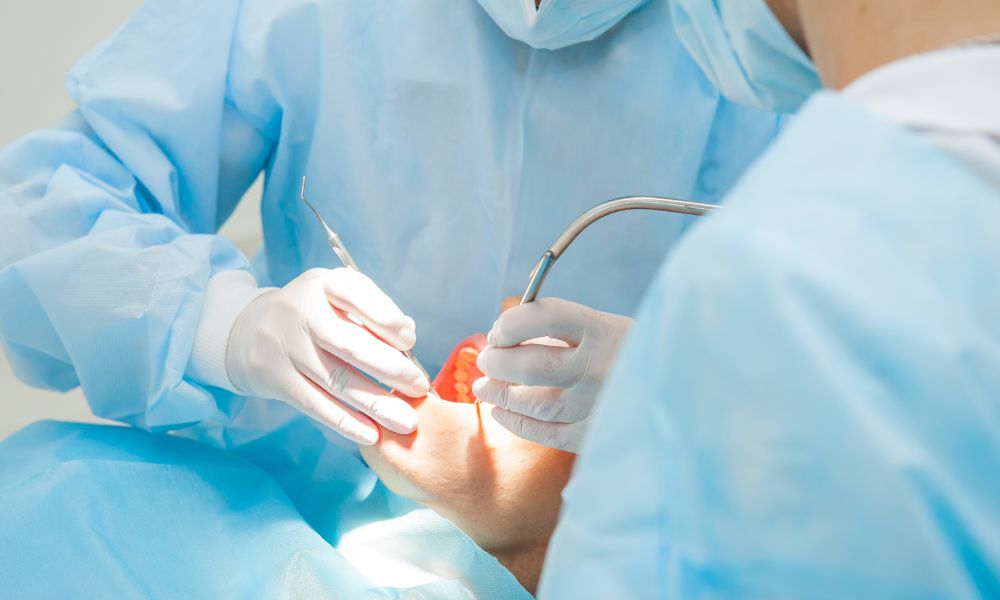4 Things You Should Know About Laughing Gas

Despite its whimsical name, laughing gas is a serious subject that requires a clear understanding, especially if you’re a patient about to undergo a dental procedure. Today, we’ll explore four things about laughing gas that you should know before planning a procedure.
Laughing Gas Is Another Name for Nitrous Oxide
Laughing gas, scientifically known as nitrous oxide, is a colorless, sweet-smelling gas that professionals have used in medical procedures for centuries due to its remarkable analgesic and anxiolytic properties. In 1772, the English chemist and natural philosopher Joseph Priestley became the first person to synthesize nitrous oxide. With it, he made groundbreaking contributions to the field of chemistry. His discovery of nitrous oxide paved the way for countless medical advancements and continues to be an invaluable tool in various medical procedures today.
Laughing Gas Doesn’t Put You to Sleep
Contrary to popular belief, laughing gas doesn’t render you unconscious. Instead, doctors and dentists use it as a sedative to reduce anxiety and discomfort during medical and dental procedures. When you inhale it, laughing gas induces a state of relaxation and euphoria, making patients feel more at ease. While under the influence of laughing gas, patients remain awake and responsive, maintaining their ability to communicate with the healthcare provider. This gentle sedation helps to create a more comfortable experience, allowing patients to undergo procedures with reduced stress and pain awareness.
Common Uses of Laughing Gas
Laughing gas is popular in dentistry, particularly for procedures that may cause discomfort or anxiety. Its primary application is in pain and anxiety management during dental treatments. For many patients, the dentist’s chair can be a source of apprehension; administering nitrous oxide helps ease these fears, making the experience less daunting.
Using laughing gas is especially common in pediatric dentistry. Young children often find dental procedures scary or uncomfortable. Laughing gas, with its fast onset and quick recovery time, is effective for keeping young patients calm and cooperative. Dentists may even use laughing gas to complete more minor wisdom teeth extractions. However, because laughing gas can still leave you somewhat alert, some patients may prefer stronger sedatives for this procedure.
Possible Side Effects of Laughing Gas
While generally safe, laughing gas can have side effects, particularly when used improperly. These can include nausea, dizziness, headache, and, in extreme cases, oxygen deprivation. Only a trained professional should administer this gas to avoid complications.
Laughing gas is a valuable tool in the medical world, offering pain alleviation and anxiety relief to patients in various settings. As with any medication or treatment, understanding its uses and potential side effects is important to make informed decisions about your healthcare. Now that you know these various things about laughing gas, you can better plan your future dental procedures. Visit us at Gentle Dental Care today to learn more about how we can make dental procedures painless and stress-free for your family.